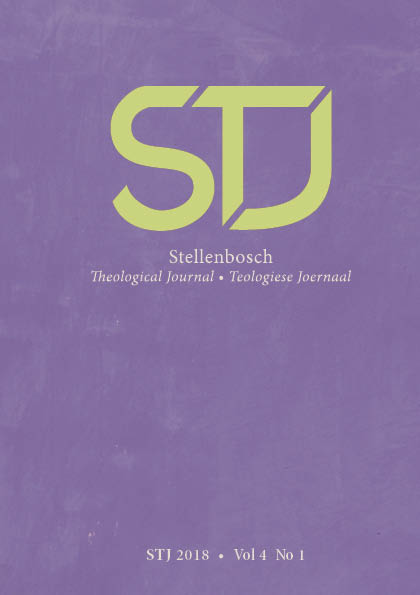Teaching being human in global comparison
DOI:
https://doi.org/10.17570/stj.2019.v5n3.a05Abstract
The current essay draws upon the author's involvement and teaching experiences within a global network of international youth-student exchanges. The central question that is brought to the fore is: How does an educator teach the idea of being human among different nations situated in the same classroom? It therefore is polarized on the question of theological anthropology, and how these notions are received within cross-cultural exposure. The essay begins with the concept of culture itself, and particularly the way in which it is transmitted contemporaneously through resurfacing and enactment. The essay then moves onto the content of pedagogy, which is summarized under the themes of (1) conversation, (2) questioning, and (3) opening up traditions to new perspectives. The purpose of (1) is to emphasize and bring to the surface those crucial traditions relative to the class subject matter, while (2) seeks to teach students to not accept anything as given; to challenge students to defend the fundamentals and presuppositions of their arguments; to remind both questioner/challenger and responder/defender to always make clear the local cultural context of the challenge and the defense. And finally, (3) facilitates a moment of encounter whereby a student who is foreign is invited into another student's reality, and to see something new in an ancient memory that is different to their own. The essay closes with a suggestion that certain cultural or artistic artifacts, namely language and music, might provide a salient point for class-room discussion, especially in the way these cultural productions are received both locally and globally.
Published
How to Cite
Issue
Section
License
Copyright (c) 2020 Dwight Hopkins

This work is licensed under a Creative Commons Attribution 4.0 International License.
https://creativecommons.org/licenses/by/4.0/
Authors who publish with this journal agree to the following terms:
Authors retain copyright and grant the journal right of first publication with the work simultaneously licensed under a Creative Commons Attribution License that allows others to share the work with an acknowledgement of the work's authorship and initial publication in this journal.
Authors are able to enter into separate, additional contractual arrangements for the non-exclusive distribution of the journal's published version of the work (e.g., post it to an institutional repository or publish it in a book), with an acknowledgement of its initial publication in this journal.
Authors are permitted and encouraged to post their work online (e.g., in institutional repositories or on their website) prior to and during the submission process, as it can lead to productive exchanges, as well as earlier and greater citation of published work.
Please note that erroneous copyright information is given in the PDFs before Volume 9, 2023.



